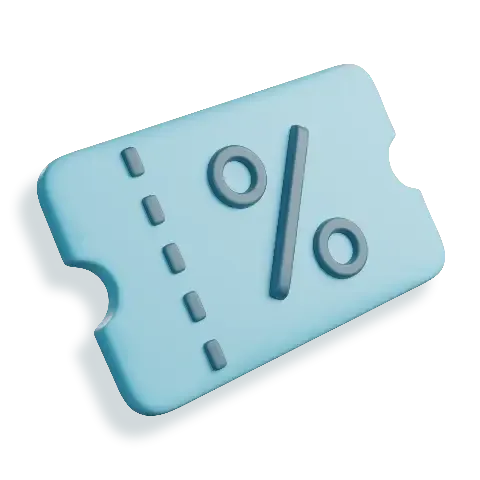
How Much Caffeine is there in my Espresso?
Has something so tiny ever been so essential to kickstart mornings and fuel late-night creativity? But have you wondered, just how much caffeine is in this little powerhouse?
What is Espresso (for the Uninitiated)
First thing's first to tame the coffee aficionados. Espresso is not just a 'concentrated cup of coffee'. It's a whole different brewing method, where hot water is pressurized and forced into finely ground coffee beans. This results in a concentrated and flavorful brew, resulting in that thick, velvety espresso shot valued by coffee lovers everywhere.
So how much Caffeine is there in an Espresso?
On average, a single espresso shot (1 oz. or 30 ml) contains 63 mg of caffeine.
Of course, this is dependent on the beans, roasting method and other nuances such as brewing technique. A double shot espresso would have about 126 mg of caffeine. By contrast, a 'normal' cup of drip coffee would contain about 80 to 120 mg of caffeine.
But why does Espresso seem Stronger?
Well, it may be down to perception. After all, while the total caffeine amount may not be that much different from other coffees, an espresso shot is packed into a relatively smaller volume. The concentration of caffeine (mg/ml) is thus higher.

Then again, much of it may also be due to reputation. After all, the espresso is world renowned as the tiny shot that packs a punch and subconscious thought is a powerful thing.
What Affects the Caffeine Levels in an Espresso?

-
Type of coffee beans: Arabica beans are known for their smoother profile with sweet top notes, but typically have less caffeine compared to robusta beans which are more bitter and mellow.
-
Roast level: It's not always the darker roasts which have more caffeine. In reality, lighter roasts usually boast more caffeine because prolonged heat causes the breakdown of chemical compounds. Of course, it also depends on how much ground beans are used in the brewing.
-
Grind size and Extraction time: A finer grind means more ground beans are packed into a given scoop volume. A longer extraction time also would result in more caffeine ending up in your espresso, but too long results in bitter off notes.
What about other Coffees?

Let's get to the point:
- Espresso (single shot, 1 oz): 63 mg of caffeine
- Drip coffee (8 oz): 80 - 120 mg of caffeine
- Cold brew (8 oz): 100 - 150 mg of caffeine
- Instant coffee (8 oz): 30 - 90 mg of caffeine
- Cappuccino (8 oz): 60 mg of caffeine
Cold brew stands out here, due to the extended extraction process which results in a high total caffeine amount per serving. However, espresso still boasts the highest caffeine concentration per unit volume.
How Much is Too Much?
The FDA's guidelines suggest 400 mg of caffeine per day for healthy adults, approximately 6 or 7 shots of espresso. Of course, you know yourself best so listen to your body and don't go overboard. Pregnant women and children also should not be consuming such high doses of caffeine daily.
A common complaint is the jitters and caffeine crash associated with coffee. Remember, we all have different sensitivity to caffeine and over-consumption could result in an elevated heart rate, manifesting as palpitations and 'jitters'. After the initial caffeine spike, your body also experiences a 'crash' when caffeine's effects wear off. Paradoxically, this results in tiredness and lethargy after drinking coffee.
Did you know that coffee needs 30 - 60 minutes before you feel that energy boost? This is because coffee needs to be ingested first and absorbed in your gastrointestinal tract, resulting in a time lag before caffeine is taken up into your body.
A Better Alternative for my Energy Boost
STIM is the new dissolvable energy strip which compliments your daily energy needs. It is the world's first to use time release caffeine, supporting a smoother, more sustained boost which mitigates jitters and crashes associated with coffees (and indeed, energy drinks).

Because STIM dissolves on your inner cheek, caffeine is absorbed directly in your mouth, meaning you get your pick-me-up 4.8x faster than drinks or coffee.
We all know that nothing replaces a good cup of finely brewed coffee, but for those times you need a quick, convenient boost, STIM is the perfect pocket-sized compliment. Keep STIM handy for Energy On Demand and fast, convenient energy that tastes great.


